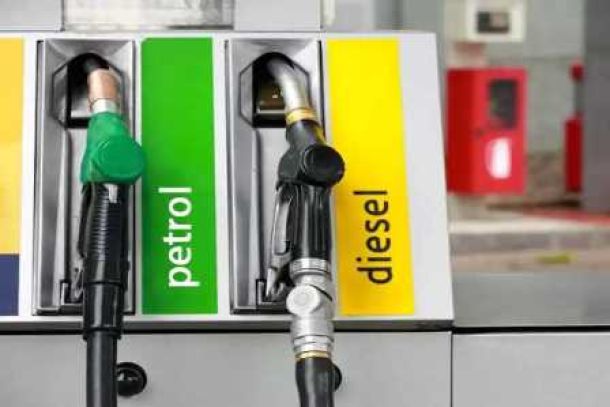Reserve Bank cuts interest rates by one percentage point
The Bank brought forward its May meeting to Tuesday, and cut interest rates for the third time in 2020
The Reserve Bank has cut interest rates by one percentage point for the second time in just less than a month, bringing the repo rate down to 4.25% on Tuesday morning.
The 100 basis point cut on Tuesday follows a 100 basis point cut on March 19. In January, the Bank cut interest rates by 25 basis points.
The rand weakened after the announcement, trading 0.2% lower at R18.12/$ in morning trade.
News Category
- International retailers
- On the move
- Awards and achievements
- Legislation
- Wine and liquor
- Africa
- Going green
- Supplier news
- Research tools
- Retailer trading results
- Supply chain
- Innovation and technology
- Economic factors
- Crime and security
- Store Openings
- Marketing and Promotions
- Social Responsibility
- Brand Press Office
Related Articles

Confirmed: Petrol, diesel price cuts on Wednesday
By: News24
Petrol and diesel prices will be lowered on Wednesday, thanks in part to a stronger rand.

Petrol price relief expected next week
By: Shaun Jacobs – Daily Investor
South African motorists are in for some relief in August, with petrol and diesel prices set to come down marginally.

SA poultry industry calls for targeted chicken ...
The South African Poultry Association (Sapa) said yesterday it strongly believed that targeted chicken products should be included in an expanded list of items that are zero-rated for value-added tax (VAT).

Empowering South African households through gro...
South Africans are resilient people who are always ready to seek solutions for problems, even if the trials they face are caused by events that are beyond their control. An empowering example of this approach to life is the use of grocery stokvels...

SPAR shares practical tips to beat food inflation
In response to rising food costs, The SPAR Group offers practical tips for beating food inflation through savvy shopping and creative cooking.

